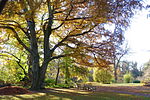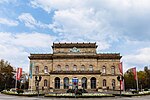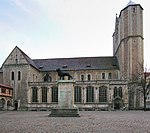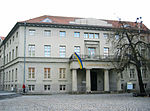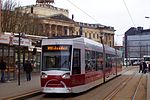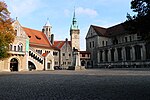Technical University of Braunschweig

The Technical University of Braunschweig (German: Technische Universität Braunschweig, unofficially University of Braunschweig – Institute of Technology), commonly referred to as TU Braunschweig, is the oldest Technische Universität (comparable to an institute of technology in the American system) in Germany. It was founded in 1745 as Collegium Carolinum and is a member of TU9, an incorporated society of the most renowned and largest German institutes of technology. It is commonly ranked among the top universities for engineering in Germany. TU Braunschweig's research profile is very interdisciplinary, but with a focus on aeronautics, vehicle engineering including autonomous driving and electric mobility, manufacturing, life sciences, and metrology. Research is conducted in close collaboration with external organizations such as the German Aerospace Center (DLR), Helmholtz Centre for Infection Research, several Fraunhofer Institutes, and Germany's national metrology institute (PTB), among many others. As one of very few research institutions of its type in the world, the university has its own research airport.
Excerpt from the Wikipedia article Technical University of Braunschweig (License: CC BY-SA 3.0, Authors, Images).Technical University of Braunschweig
Katharinenstraße, Brunswick Nordstadt-Schunteraue
Geographical coordinates (GPS) Address Nearby Places Show on map
Geographical coordinates (GPS)
| Latitude | Longitude |
|---|---|
| N 52.273611111111 ° | E 10.529722222222 ° |
Address
Technische Universität Braunschweig - Zentralbereich
Katharinenstraße
38106 Brunswick, Nordstadt-Schunteraue
Lower Saxony, Germany
Open on Google Maps

